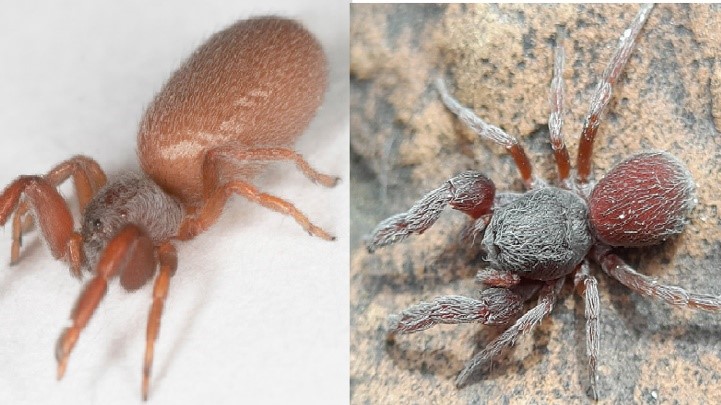Free Courses Sale ends Soon, Get It Now


Free Courses Sale ends Soon, Get It Now



Disclaimer: Copyright infringement not intended.
Context
Details
Desert National Park
READ ABOUT THE GREAT INDIAN BUSTARD:
https://www.iasgyan.in/daily-current-affairs/great-indian-bustard-23#:~:text=Great%20Indian%20Bustard%20(GIB)%3A,GIB%20population%20in%20the%20wild.
https://www.iasgyan.in/daily-current-affairs/great-indian-bustard-2
|
PRACTICE QUESTION Q. Recently, the newly discovered species Palpimanus Godawan was in the news. What is it? 1.Spider 2.Butterflies 3.Eel 4.Catfish Answer: 1 |
© 2024 iasgyan. All right reserved